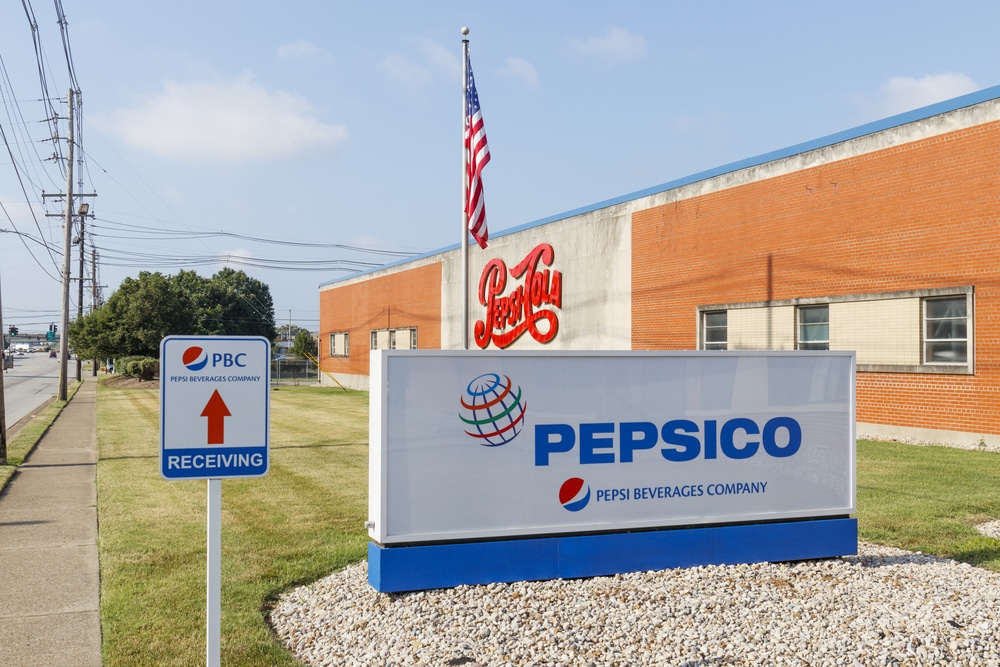Debt generally falls into one of two major categories; secured and unsecured. Understanding the difference between the two can be very useful when it comes to budgeting and prioritizing payoffs. It’s also important to know the difference between secured vs. unsecured debt when it comes to protecting certain assets.
Secured Debt
Simply put, any loan backed by collateral is a secured debt. This typically includes real estate, automobiles, boats, planes and in some cases, stakes in businesses.
In the event of a default on this type of loan, the lender has the right to seize the property put up to guarantee the loan. In the case of real estate this usually takes the form of a foreclosure, in which the bank takes ownership of the property to satisfy the loan if the borrower cannot pay. In the case of an automobile, or any other vehicle, this is known as repossession. In some cases, you can also pledge the title to a vehicle you already own as security for a loan. These are known as title loans.
It’s important to understand you forfeit ownership of the collateralized property until the terms of the loan agreement are completely satisfied—or forgiven by the lender. In other words, you don’t really own the pledged item until the loan is paid off and the lender agrees to release the asset.
Lower Interest Rates/No Bankruptcy Protection
Because secured debt is backed by property, interest rates tend to be lower as the lender is assuming less risk. Further, secured debt tends to be impervious to bankruptcy discharge. In other words, secured debt will usually survive bankruptcy, again because the lender can simply seize the amount owed in the form of assets.
Unsecured Debt
Credit cards, student loans, medical bills and payday loans fall under the heading of unsecured debt. Only your signature and your promise to pay backs an unsecured loan. Filing for bankruptcy protection can discharge unsecured debt (with the exception of publicly funded student loans).
Because of these factors, unsecured debt entails higher risk on the part of lenders. Thus, the majority of it tends to carry higher interest rates than secured (again, publicly funded student loans being the exception).
They Have Ways to Make You Pay…
With that said; lenders do have several avenues of recourse should you fail to repay the loan according to the agreed-upon terms. Debt collectors can be hired to harass you into repaying the debt. Lawsuits can be filed in which the courts can be asked to garnish your wages to effect repayment. They can also report delinquencies and non-payment to credit agencies, whose record can inhibit your ability to get additional loans.
You Have Protections Too
On the other hand, if you find yourself in a situation in which your ability to repay has become severely compromised; there are avenues to assistance available to you. One of these is working with a debt settlement company – such as Freedom Debt Relief – to negotiate with creditors to reduce the total amount owed by the client or even forgiveness of a portion of the principal.
However, it should be noted this is only an option for certain kinds of unsecured debts. Most student loans (again) are exempt, as are the vast majority of secured debts. Again, all the lender has to do with secured debt is take the backing asset as payment if the borrower can’t afford to meet the terms of the loan.
Understanding the difference between secured debt and unsecured debt is important for a number of reasons. Chief among them is understanding how the ramifications of a default can affect you.









